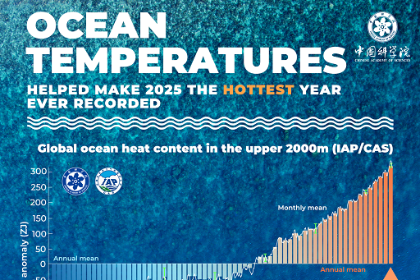Rail freight industry stays on track as pandemic puts rivals in sidings


At last, some good news. Despite the widespread global disruption caused by the COVID-19 pandemic, rail traffic between East and West has been booming as a replacement for sea and air freight.
The two-way train traffic between Europe, China, and points east had already been growing steadily in recent years as part of the Belt and Road Initiative, or BRI, so the upward trend is certain to outlast the pandemic.
Already, in 2019, demand for rail freight services between China and Europe had doubled year-on-year. As the novel coronavirus spread, more than half of seaborne freight capacity was cut and air freight prices soared.
Exporters at both ends of the region covered by BRI had no option but to switch to rail, a sector that grew in the first quarter in spite of reduced economic activity as a result of international lockdowns.
As the pandemic gripped many parts of Europe in March, freight trains out of China were reported to be almost fully booked and providers scrambled to increase the frequency of their train services.
The China State Railway Group said freight journeys between China and Europe rose 36 percent year-on-year, to 5,122, during the first six months of this year, with a record monthly high of 1,169 in June. In that month, average daily rail freight volume exceeded 10 million metric tons.
Railways played a vital role in swiftly moving Chinese medical supplies vitally required in Europe to combat the pandemic.
The Eurasian Rail Alliance also moved to assure mail deliveries between China and Europe. Due to the limitations imposed on air freight, its rail services began filling the strategic role of a reliable link between China and Europe for uninterrupted mail delivery, according to the joint Kazakh, Russian, and Belarus company.
With rail freight traffic on the rise, Chinese authorities recently allocated the equivalent of almost $30 million to support the construction of transportation hubs in five cities in order to improve China-Europe rail freight services.
The upward trend may strengthen the appeal of rail links as a faster, more efficient, and even less polluting alternative to traditional sea freight.
Rail cargo travels at twice the speed of seaborne goods, and at half the price of air freight. Rail also creates just one 50th of the carbon emissions of planes.
Trains may produce twice the pollution of shipping, but they invariably follow shorter routes and some experts believe that trains are the one transport mode that might one day be carbon-neutral.
Allan Woodburn, an academic and freight expert, has suggested in the past that widespread "green" electrification could give rail the edge, even when compared with shipping.
"In five or 10 years' time," he said in 2017, "it may well be from renewable sources. You've got a theoretical possibility at least of carbon neutrality for the rail operation, which you don't have for the alternative modes."
Woodburn did not envisage rail replacing shipping but said the transportation of goods from inland Chinese factories on renewably-powered, electrified freight trains "could one day make rail the sustainable long-distance freight transport the world needs".
In the meantime, even as Europe was emerging from the worst of the COVID-19 crisis, operators doubled the capacity of the so-called Germany Express, launched last year as the fastest link between Germany and China.
The service aims to speed the export of fresh foodstuffs from Europe to Xi'an, a major hub on the trade route, which previously relied on air freight.
In the other direction, between January and May this year, more than 1,300 trains headed out
of Xi'an to central Asian and European destinations, more than twice the number in the same period of 2019.
Commenting this month on the impact of the novel coronavirus on the sector, Howard Rosen, who chairs the not-for-profit Rail Working Group, wrote that the crisis had shown the valuable role rail had to play as part of a cost-effective supply chain.
"We are not going back to where we were," said Rosen, who added that 2020 would be both a challenge and an opportunity for rail.
He wrote that more than three-quarters of rail operators surveyed believed rail's role in the global supply chain would be more significant in the future, while more than eight out of 10 believed that the continued development of Eurasian rail freight corridors was now an imperative.
In a global economy, working with just-in-time supply chains, the novel coronavirus crisis had shown the importance of logistics and the fast distribution of bulk shipments, according to Rosen. Only the railways could deliver the necessary volumes with short lead times and at an acceptable cost.


































